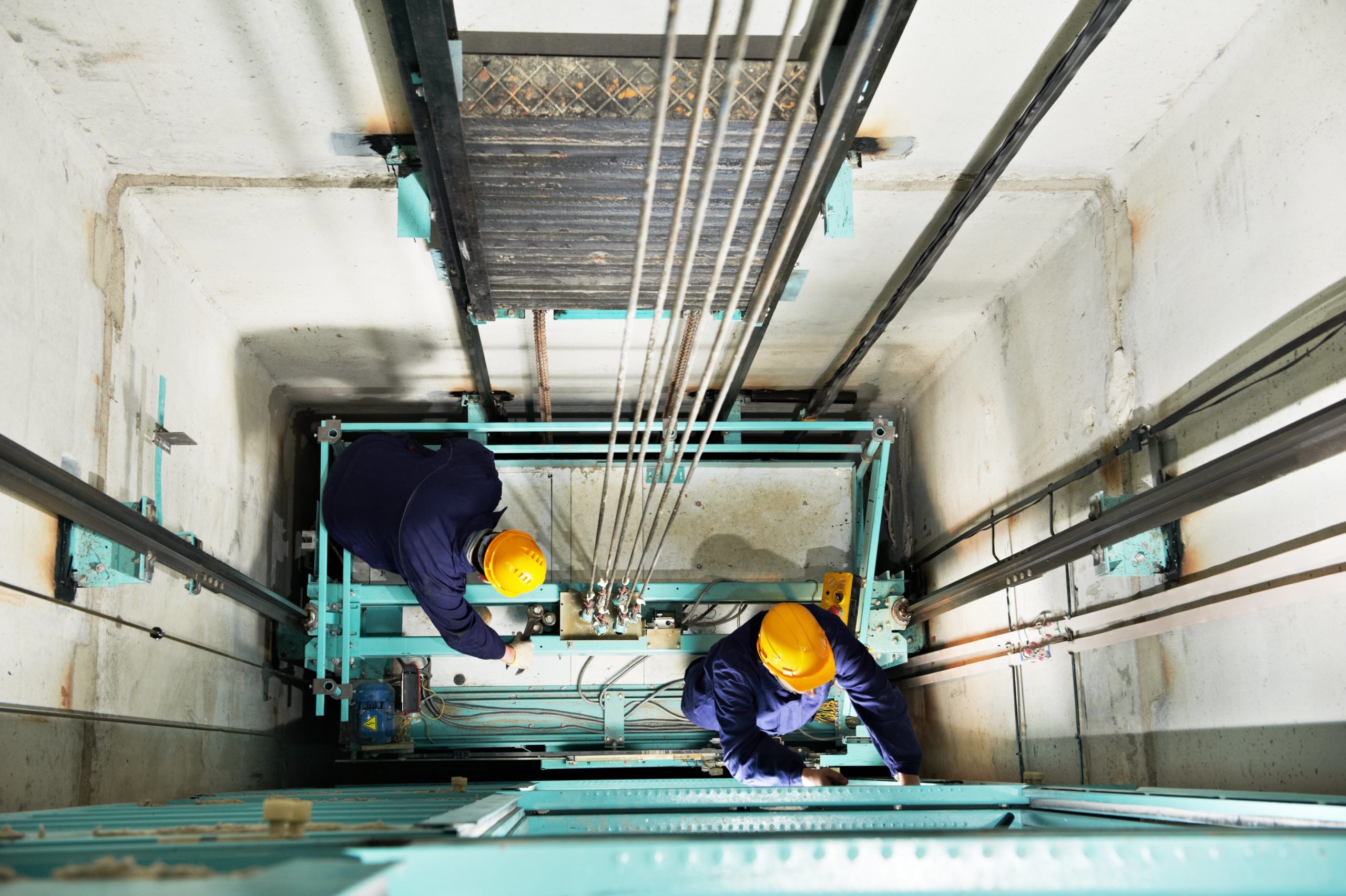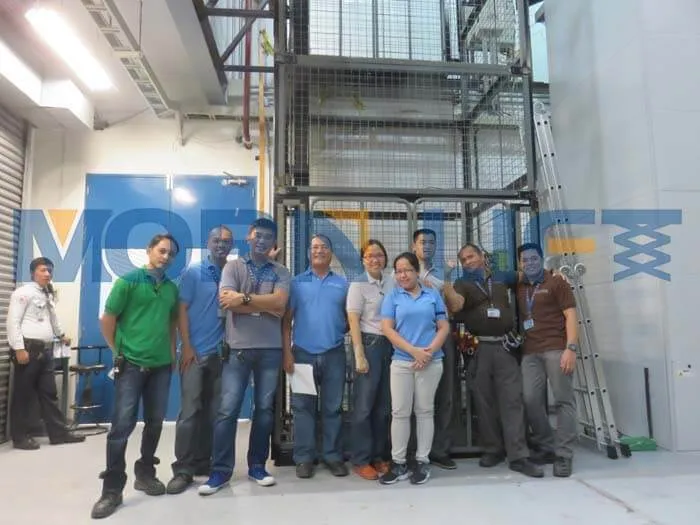Comprehensive Lift Maintenance Repair Solutions for All Brands
Comprehensive Lift Maintenance Repair Solutions for All Brands
Blog Article
Pro Tips for Preserving Your Lift in Top Problem: A Detailed Overview
Making certain the ideal functioning of a lift system is critical for a secure and reliable operation in different settings, from industrial storage facilities to business buildings. By sticking to a structured upkeep routine and preemptively dealing with prospective concerns, lift proprietors can reduce expensive downtime and security risks.

Significance of Normal Upkeep
Normal upkeep of your lift is essential to guarantee its optimal performance and durability. By sticking to a regular maintenance routine, you can determine and deal with prospective issues prior to they intensify into costly repair services or unanticipated downtime. Regular maintenance tasks such as lubricating relocating components, examining for damage, and inspecting hydraulic systems can aid prevent breakdowns and make certain risk-free operation.
Ignoring routine maintenance not just compromises the effectiveness of your lift however additionally postures safety dangers to users and residential property. Elements that are not correctly maintained might stop working unexpectedly, leading to mishaps or damages to the lift itself. Moreover, addressing concerns early on through upkeep can expand the life-span of your lift and decrease the probability of major break downs.
In enhancement to improving safety and performance, routine upkeep can also conserve you money in the long run. By buying preventive upkeep actions, you can prevent expensive repair services or replacements that may emerge from disregarding the maintenance of your lift. In general, prioritizing routine upkeep is crucial for taking full advantage of the capability and durability of your lift system.
Leading Parts to Evaluate

Furthermore, pay close interest to the lift's safety and security attributes, such as emergency situation stop switches, security sensors, and interlocking devices, to ensure they are operating correctly. Consistently evaluate the lift shaft for particles or obstructions that can impede the activity of the lift vehicle.
Positive Fixing Techniques
When confronted with prospective lift system problems, taking on positive troubleshooting methods can significantly boost operational effectiveness and prevent pricey downtime. One of the crucial proactive repairing strategies is to regularly check and assess lift performance information. By tracking metrics such as lift rate, electric motor temperature level, and power intake, upkeep teams can recognize very early signs of prospective concerns and take corrective activities before they escalate. Performing regular aesthetic inspections of essential elements, such as cords, sheaves, and safety mechanisms, can also help in discovering damage or misalignments that might cause malfunctions. In addition, carrying out a precautionary upkeep timetable that consists of lubrication of relocating parts, testing of emergency brakes, and calibration of sensors can proactively deal with usual lift system issues.
Moreover, buying training programs for upkeep personnel on fixing strategies particular to the lift design installed can empower them to identify and deal with concerns swiftly. By remaining in advance of prospective issues via proactive troubleshooting, lift operators can weblink make sure a smoother and extra reliable operation while minimizing the danger of unanticipated breakdowns.
Vital Lubrication Practices
Executing proper lubrication techniques is crucial for making certain the smooth procedure and durability of lift systems. Regular lubrication assists decrease friction between moving parts, preventing wear and tear that can lead to costly repair work and downtime. When it involves lift maintenance, adhering to a rigorous lubrication timetable is necessary.
Selecting the appropriate lubricant is the initial action in reliable upkeep. Various parts of the lift system may need certain kinds of lubricants, such as grease or oil. Get in touch with the supplier's guidelines to figure out the suitable lubes for each and every part.

Frequently evaluating the condition of oiled components is additionally essential. Try to find indicators of too much wear, contamination, or inadequate lubrication. Deal with any problems promptly to stop further damages and guarantee the ongoing smooth operation of your lift system. By prioritizing appropriate lubrication methods, you can extend the life expectancy of your lift and optimize its performance.
Precaution for Lift Operators
In order to maintain a safe functioning environment and support operational efficiency, lift drivers should rigorously adhere to prescribed safety and security procedures, alongside focusing on essential lubrication methods for optimum lift performance. Safety procedures for lift operators are essential to avoid crashes and ensure the smooth performance of the lift system.
Moreover, lift operators need to prioritize personal safety equipment (PPE) such as safety helmets, gloves, and harness when functioning at elevations or taking care of heavy tons. Clear communication amongst operators, upkeep service technicians, and various other personnel is essential to avoid misconceptions that can bring about accidents. Last but not least, operators need to remain vigilant, focused, and prevent interruptions while operating the lift to ensure the security of themselves and others in the area.
Conclusion
To conclude, maintaining a lift in leading condition is crucial for guaranteeing safety and security and effectiveness in operations. Regular upkeep, detailed inspections of key components, proactive troubleshooting, proper lubrication methods, and adherence to precaution are essential for lengthening the life-span of the lift and stopping accidents. By following these standards, lift drivers can make certain the ongoing capability and safety of their devices.
By sticking to a structured maintenance routine and preemptively visit their website resolving potential concerns, lift proprietors can mitigate pricey downtime and safety and security risks. On a regular basis examine the lift shaft for particles or obstructions that could restrain the activity of the lift vehicle.In order to maintain a safe functioning environment and support operational effectiveness, lift drivers should carefully stick to prescribed security protocols, together with focusing on vital lubrication methods for optimum lift performance. Security measures for lift operators are critical to avoid mishaps and make sure the smooth functioning of the lift system. Regular upkeep, comprehensive evaluations of essential parts, aggressive troubleshooting, appropriate lubrication techniques, and adherence to security procedures are vital for extending the life-span of the lift and preventing accidents.
Report this page